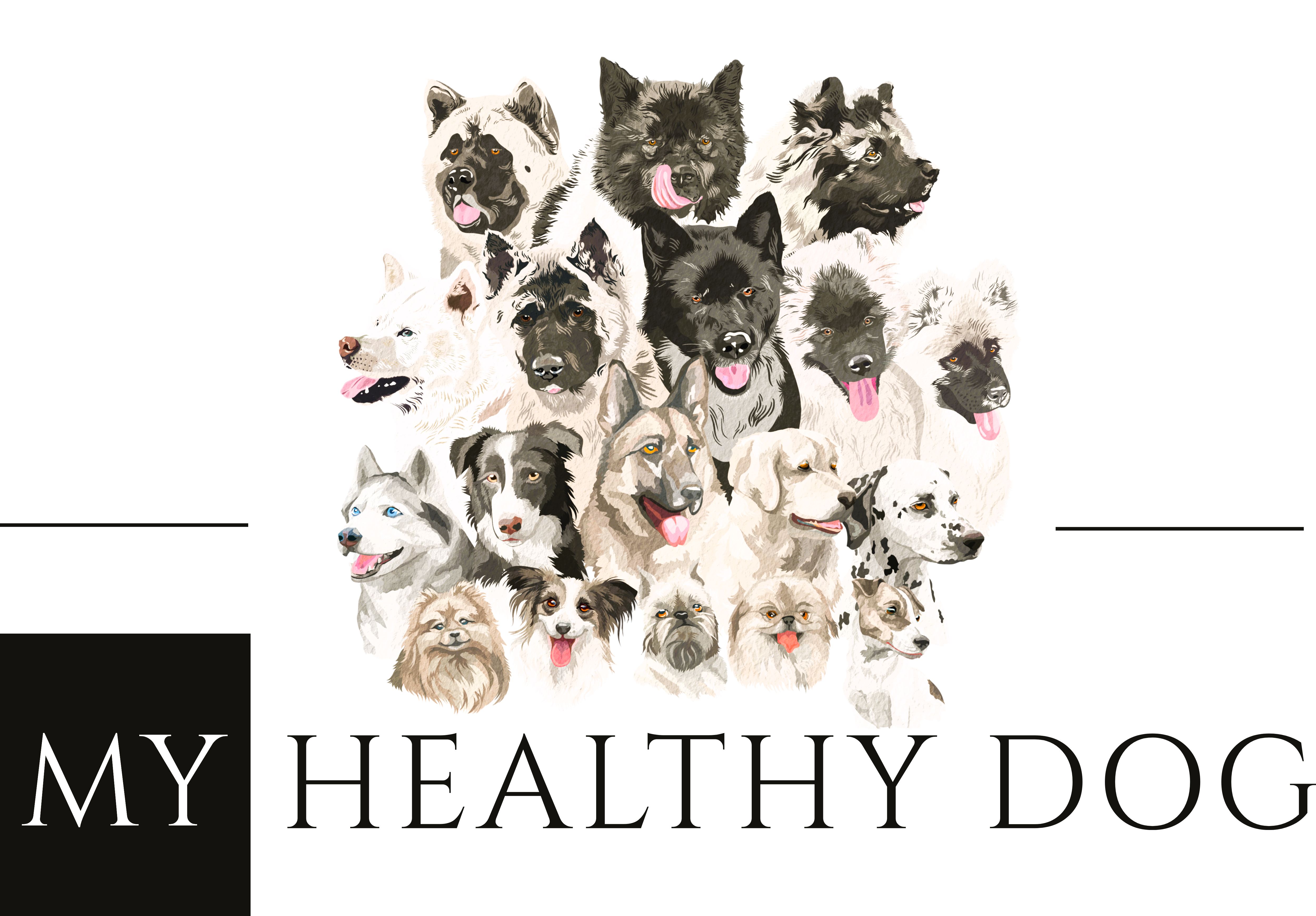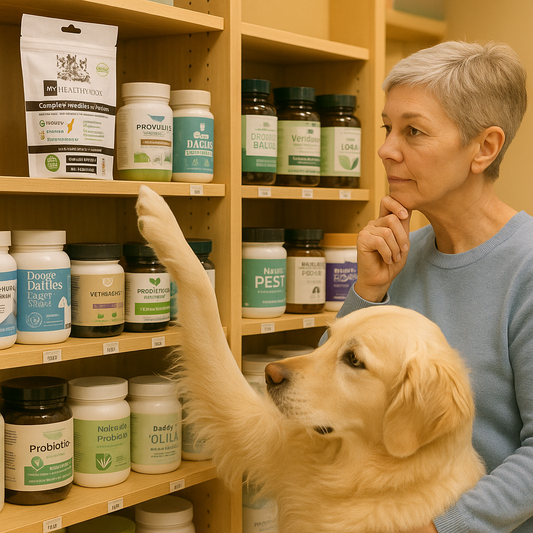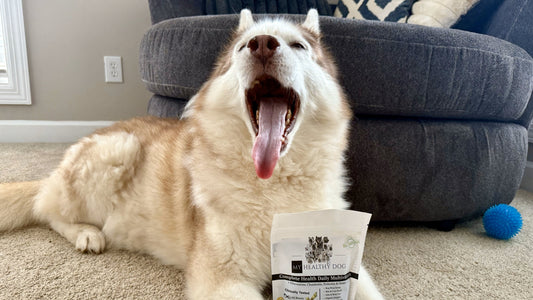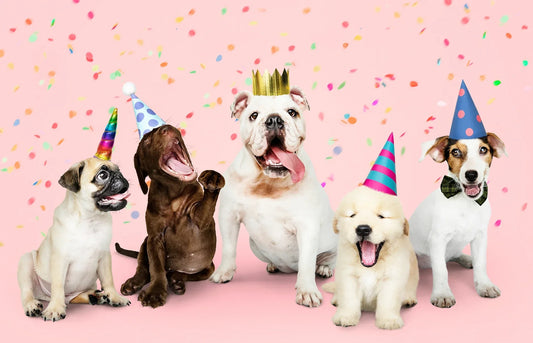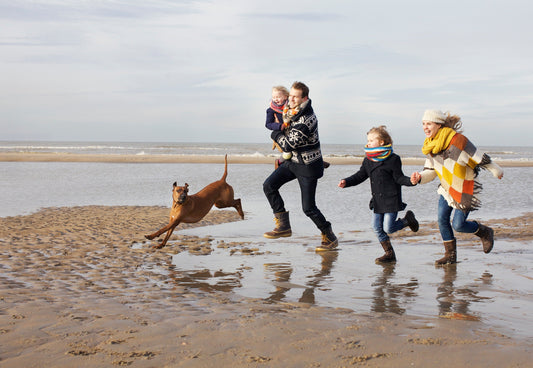The Russian Toy is a breed known for its elegant appearance, lively personality, and affectionate nature. This article delves into the origins, distinctive appearance, and engaging temperament of the Russian Toy, along with essential care tips to ensure they lead healthy, fulfilling lives.
Breed Summary
Origin and History
The Russian Toy, also known as the Russian Toy Terrier, originated in Russia during the early 18th century. Bred initially to be a companion for the Russian aristocracy, this breed was developed from small English Toy Terriers brought to Russia. The breed's development was influenced by the isolation during the Soviet era, resulting in two distinct varieties: the long-haired and the smooth-haired Russian Toy. Recognized by the Fédération Cynologique Internationale (FCI) and the Russian Kennel Federation, the Russian Toy remains a popular companion dog.
Appearance
The Russian Toy is a small and elegant dog with a delicate yet sturdy build. They typically stand between 7 to 11 inches tall at the shoulder and weigh between 3 to 6 pounds. There are two coat varieties: the smooth-haired, with a short and glossy coat, and the long-haired, with a fine, silky coat and feathered ears, legs, and tail. Coat colors can include black and tan, brown and tan, blue and tan, and various shades of red with or without black or brown overlay. They have a small, wedge-shaped head, large expressive eyes, and high-set ears that are either erect or slightly rounded.
Temperament
Russian Toys are known for their lively, intelligent, and affectionate nature. They form strong bonds with their family members and are excellent with children when properly socialized. Their intelligence and eagerness to please make them relatively easy to train, although they can be a bit stubborn at times. Russian Toys are also known for their playful and energetic side, often engaging in activities that keep them entertained. They require regular physical and mental stimulation to prevent boredom and destructive behavior.
Health Outlook
The lifespan of a Russian Toy ranges from 12 to 15 years. They are generally healthy dogs but can be prone to certain conditions, such as patellar luxation, dental issues, and heart problems. Regular grooming is essential to maintain their coat and skin health, particularly for the long-haired variety. Dry, itchy skin can be a concern, making the use of premium dog shampoos designed to moisturize and soothe sensitive skin beneficial. These shampoos help maintain the skin's natural oils, provide relief from itching, and promote overall skin health.
Nutritional Requirements
A balanced diet is crucial for maintaining the health and vitality of a Russian Toy. High-quality dog food rich in protein and low in fillers is recommended to support their active lifestyle. Including a complete multivitamin can ensure they receive all necessary nutrients, promoting strong bones, a healthy coat, and overall well-being. Supplements that support joint health and dental health can also be beneficial for this breed.
Exercise Requirement
Russian Toys are active dogs that require regular exercise to stay healthy and happy. Daily walks, play sessions, and activities that engage their natural curiosity, such as agility training and fetch games, are ideal. Providing mental stimulation through puzzle toys and training exercises is also important to prevent boredom and destructive behavior.
Pros and Cons of Owning the Breed
Pros:
- Lively and affectionate, forming strong bonds with family members.
- Highly intelligent and trainable, excelling in obedience and agility.
- Elegant and distinctive appearance with two coat varieties.
Cons:
- Small size requires careful handling to prevent injury.
- Can be prone to certain health issues, requiring regular veterinary care.
- High energy levels require consistent exercise and mental stimulation.
Space Requirements
Russian Toys adapt well to various living situations, including apartments, as long as they receive sufficient exercise and mental stimulation. They enjoy having a safe, enclosed space to explore and play.
Suitability for Elderly
Russian Toys can be suitable companions for elderly individuals who are active and able to meet the breed's exercise needs. Their affectionate and loyal nature makes them excellent companions, but potential owners should be prepared for their high energy levels and grooming needs.
Suitability for Kids
Russian Toys are generally good with children due to their playful and gentle nature. However, due to their small size, interactions with young children should be supervised to prevent accidental injury.
Cost
The cost of a Russian Toy puppy can range from $1,000 to $2,500, depending on the breeder's reputation and the pup's lineage. Ongoing costs include high-quality food, regular veterinary care, grooming products, and potential healthcare expenses.
What Should the Owner Be Like?
Owners of Russian Toys should be active, patient, and committed to providing regular exercise and grooming. They should have an understanding of the breed's unique healthcare needs and be prepared to invest time in training and socialization. A loving and attentive owner will ensure this elegant and intelligent breed thrives.
Fun Facts
- The Russian Toy was once a favorite among Russian aristocrats and was often seen in the company of the nobility.
- Despite their small size, Russian Toys are known for their bravery and will not hesitate to protect their family.
Conclusion
The Russian Toy is a remarkable breed that combines elegance, intelligence, and a lively personality. While they come with specific care requirements, the joy and companionship they provide make them a cherished member of any family. For those who appreciate a blend of playfulness and affection, the Russian Toy is an excellent choice.
Are you familiar with the Russian Toy or have this wonderful breed in your family?
Share your stories in the comments!
Share the Article with friends!
